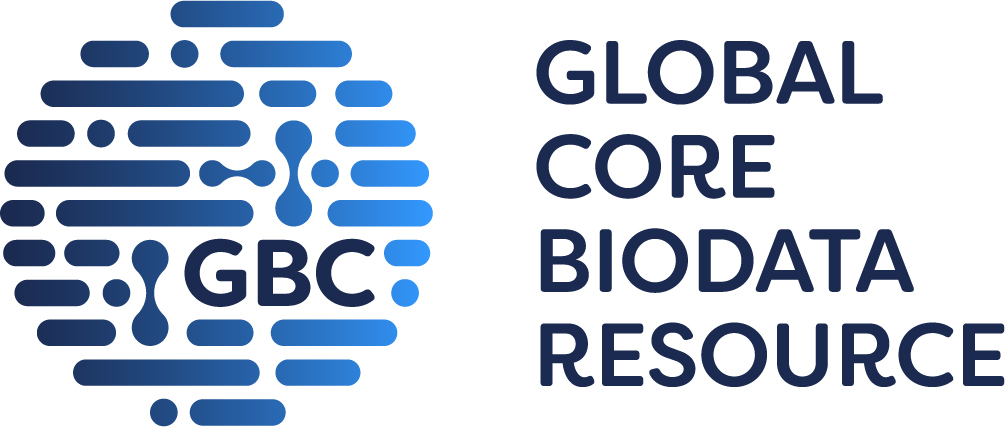
GtoPdb is requesting financial support from commercial users. Please see our sustainability page for more information.
SLC15 family of peptide transporters C
Unless otherwise stated all data on this page refer to the human proteins. Gene information is provided for human (Hs), mouse (Mm) and rat (Rn).
Overview
The Solute Carrier 15 (SLC15) family of peptide transporters, alias H+-coupled oligopeptide cotransporter family, is a group of membrane transporters known for their key role in the cellular uptake of di- and tripeptides (di/tripeptides). Of its members, SLC15A1 (PEPT1) chiefly mediates intestinal absorption of luminal di/tripeptides from overall dietary protein digestion, SLC15A2 (PEPT2) mainly allows renal tubular reuptake of di/tripeptides from ultrafiltration and brain-to-blood efflux of di/tripeptides in the choroid plexus, SLC15A3 (PHT2) and SLC15A4 (PHT1) interact with both di/tripeptides and histidine, e.g. in certain immune cells, and SLC15A5 has unknown physiological function. In addition, the SLC15 family of peptide transporters variably interacts with a very large number of peptidomimetics and peptide-like drugs. It is conceivable, based on the currently acknowledged structural and functional differences, to divide the SLC15 family of peptide transporters into two subfamilies [3].
Transporters
984|
PEPT1 (Peptide transporter 1 / SLC15A1) C Show summary »
|
||||||||||||||||||||||||||||||||||||||||||||||||||||||||||
|
PEPT2 (Peptide transporter 2 / SLC15A2) C Show summary » |
||||||||||||||||||||||||||||||||||||||||||||||||||||||||||
|
PHT2 (Peptide transporter 3 / SLC15A3)
C
Show summary »
More detailed page |
||||||||||||||||||||||||||||||||||||||||||||||||||||||||||
|
PHT1 (Peptide transporter 4 / SLC15A4)
C
Show summary »
More detailed page |
Comments
Further reading
How to cite this family page
Database page citation (select format):
Concise Guide to PHARMACOLOGY citation:
Alexander SPH, Fabbro D, Kelly E, Mathie AA, Peters JA, Veale EL, Armstrong JF, Faccenda E, Harding SD, Davies JA et al. (2023) The Concise Guide to PHARMACOLOGY 2023/24: Transporters. Br J Pharmacol. 180 Suppl 2:S374-469.










The members of the SLC15 family of peptide transporters are particularly promiscuous in the transport of di/tripeptides, and D-amino acid containing peptides are also transported. While SLC15A3 and SLC15A4 transport histidine, none of them transport tetrapeptides. In addition, many molecules, among which beta-lactam antibacterials, angiotensin-converting enzyme inhibitors and sartans, variably interact with the SLC15 family transporters. Known substrates include cefadroxil, valacyclovir, 5-aminolevulinic acid, L-Dopa prodrugs, gemcitabine prodrugs, floxuridine prodrugs, Maillard reaction products, JBP485 and JBP485 prodrugs, zanamivir prodrugs, oseltamivir prodrugs, doxorubicin prodrugs, polymyxins, didanosine prodrugs, decitabine prodrugs, peramivir prodrugs, ibuprofen and propofol thiodipeptide prodrugs, curcumin-peptide derivatives, 5-aminosalicylic acid derivatives, cinnabar, dipeptide conjugates of scutellarin, Flammulina velutipes polysaccharide-iron(III) complex, p-borono-L-phenylalanine-containing dipeptides and AuIII-peptidodithiocarbamato complexes. Known substrates also include mirogabalin, javamide-I/-II esters, acetylated di/tripeptides, LY2140023, paclitaxel small molecule prodrugs, JBP923 enantiomers, fluorescein-labeled dipeptides and peptide-bound derivatives of carboxymethyllysine. Notably, PEPT1 interacts with a variety of specifically PEPT1-targeted (via peptide- or amino acid-functionalization) nanoparticles, (nano)micelles and nanocomposites. Frequently used pharmaceutical excipients such as Tween® 20, Tween® 80, Solutol® HS 15 and Cremophor EL® strongly inhibit cellular uptake of Gly-Sar by SLC15A1 and/or SLC15A2 [96].
There is evidence to suggest the existence of a fifth member of this transporter family, SLC15A5 (A6NIM6; ENSG00000188991), but to date there is no established biological function or reported pharmacology for this protein [110].